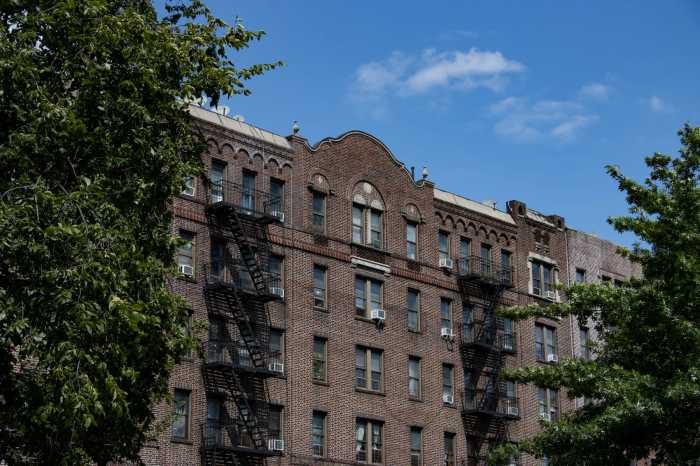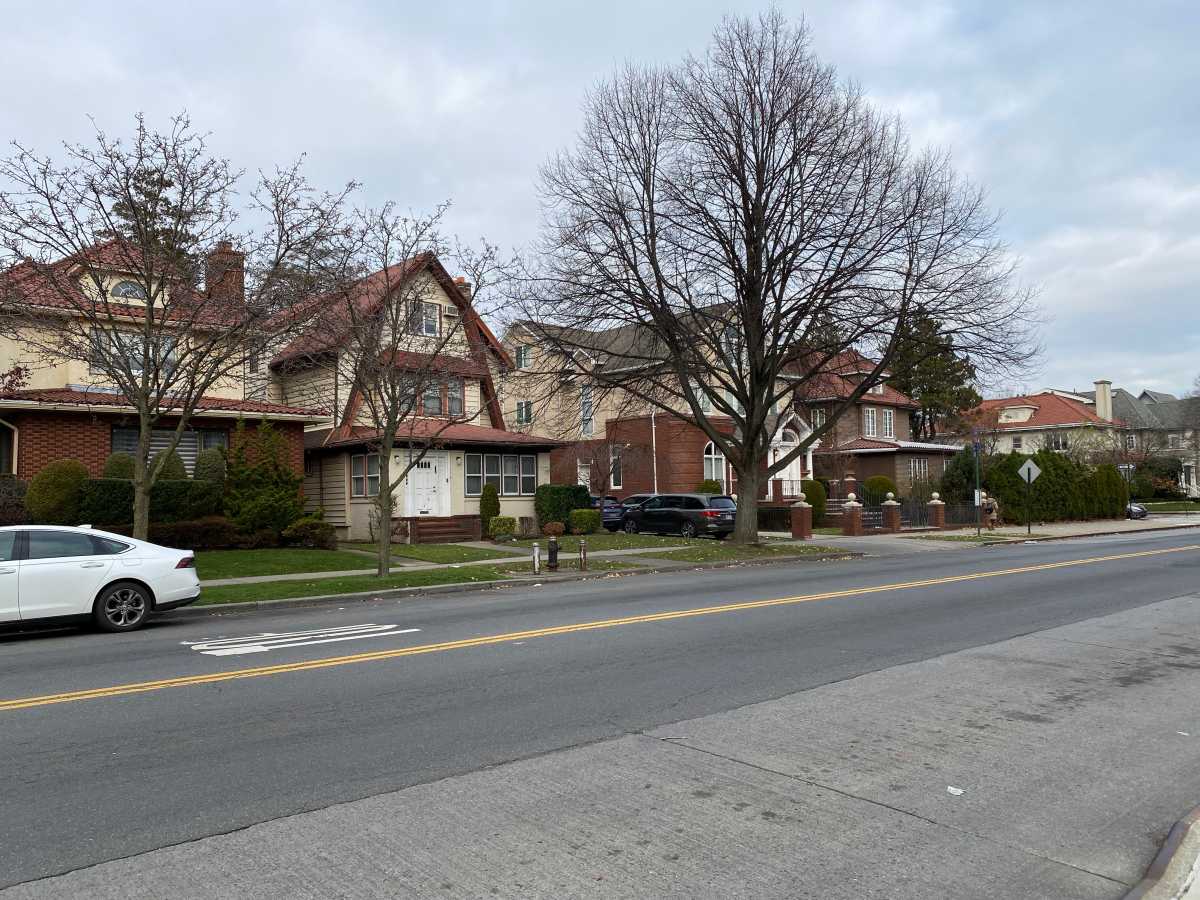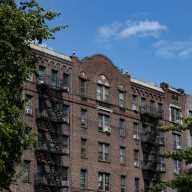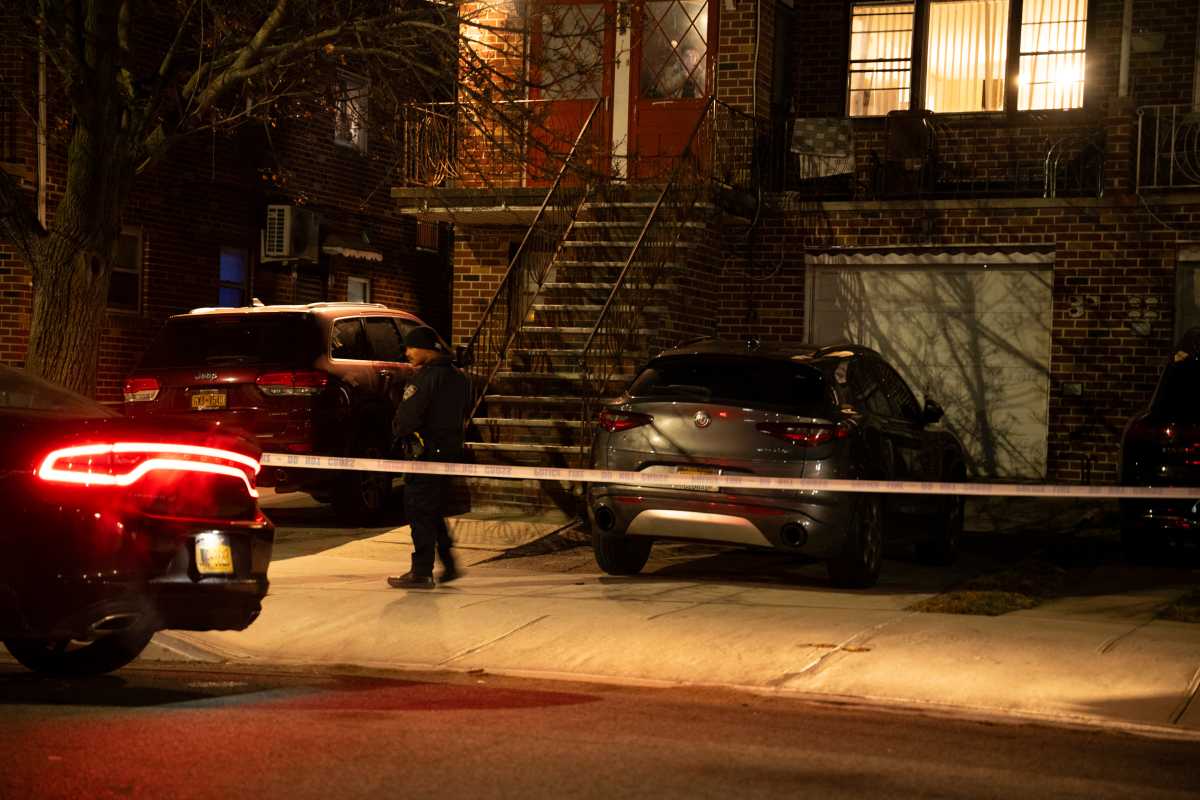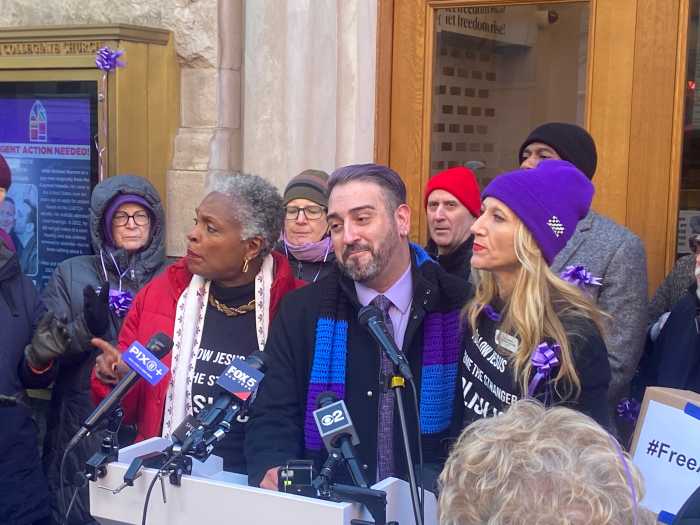The U.S. Supreme Court on Thursday ruled that local governments may seize
people’s homes and businesses — even against their will —
for private economic development.
The decision could pave the way for New York State to condemn private
property under its eminent domain authority for use in developer Bruce
Ratner’s proposed Atlantic Yards project in Prospect Heights, where
nearly 13 acres of private property face condemnation.
More immediately, the 5-4 high court ruling represents a defeat for some
New London, Conn., residents whose homes are slated for destruction to
make room for an office complex. They argued that cities have no right
to take their land except for projects with a clear public use, such as
roads or schools, or to revitalize blighted areas.
The court affirmed the right of cities to bulldoze residences for projects
such as shopping malls and hotel complexes in order to generate tax revenue.
Local officials, not federal judges, know best in deciding whether a development
project will benefit the community, justices said.
The Ratner plan includes a professional basketball arena that could also
host concerts and other events, as well as four skyscrapers and 13 other
high-rises on property stretching east from the intersection of Flatbush
and Atlantic avenues. Ratner proposes to create more than 7,000 units
of housing as well as commercial and office space.
Both Mayor Michael Bloomberg and Gov. George Pataki support Ratner’s
project and the city and state filed briefs in support of the City of
New London’s position affirming the right of eminent domain.
Some opponents of the Ratner project expressed shock at the high court’s
decision.
“It’s as if the Supreme Court has ruled against the U.S. Constitution.
I’m shocked,” said Patti Hagan, a Prospect Heights resident
who lives just outside the arena plan footprint and has for nearly two
years organized opposition to the plan.
“ Why isn’t the Supreme Court holding the basic fundamental
rights of people?” she said.
“Supposedly it’s [to bring in] more taxes, but in fact, every
one of these developers get such enormous tax subsidies and tax exemptions
on property taxes, that I’m not sure exactly how much of a benefit
it is. At least for the first 25 years.”
In his majority opinion, Justice John Paul Stevens wrote, “The city
[New London, Conn.] has carefully formulated an economic development that
it believes will provide appreciable benefits to the community, including
— but by no means limited to — new jobs and increased tax revenue.”
He was joined by Justice Anthony Kennedy, David H. Souter, Ruth Bader
Ginsburg and Stephen G. Breyer.
Chief Justice William H. Rehnquist and Justices Sandra Day O’Connor,
Antonin Scalia and Clarence Thomas dissented.
At issue was the scope of the Fifth Amendment, which allows governments
to take private property through eminent domain if the land is for “public
use.”
Susette Kelo and several other homeowners in a working-class neighborhood
in New London filed suit after city officials announced plans to raze
their homes for a riverfront hotel, health club and offices.
New London officials countered that the private development plans served
a public purpose of boosting economic growth that outweighed the homeowners’
property rights, even if the area wasn’t blighted.
“With today’s ruling, the abuse of eminent domain will become
more commonplace and unrestrained,” Bert Gall, an attorney with the
Institute for Justice who represented Kelo and the other petitioners,
told The Brooklyn Papers after the decision.
“The Supreme Court simply got the law wrong today and our Constitution,
and the whole country, will suffer as a result of it,” Gall said.
He noted that Justice O’Connor’s statement of dissent in favor
of the homeowners represented what he thought to be the gist of the problem
with the outcome.
Gall quoted from page 12 of O’Connor’s dissent, saying, “Any
property may now be taken for the benefit of another private party, but
the fallout from this decision will not be random. The beneficiaries are
likely to be those citizens with disproportionate influence and power
in the political process, including large corporations and development
firms.
“As for the victims, the government now has license to transfer property
from those with fewer resources to those with more.”
Prospect Heights has a similar sized population to New London — roughly
29,000.
Forest City Ratner officials declined to comment on the ruling.
Daniel Goldstein, an organizer of the anti-arena group Develop-Don’t
Destroy Brooklyn, vowed to continue fighting despite the ruling.
“Although we’re unhappy with the court’s decision we believe
it will create further anger, and be a rallying cry for citizens around
this issue,” said Goldstein.
“If eminent domain is used, we will litigate,” he promised.
“This decision in no way stops our fight, it just makes us stronger
in our determination.”
Borough President Marty Markowitz, a staunch supporter of Ratner’s
Atlantic Yards project and, in his years as a state senator, a vocal tenant
rights advocate, said in a statement to The Papers:
“Regardless of any court decision, I will continue to fight to ensure
that tenants and owners impacted are treated with dignity and respect,
and are more than justly compensated, as Atlantic Yards moves forward.”
Gall said the closeness of the case was meaningful.
“The outcome of Supreme Court decisions is never predictable, and
we’re obviously disappointed that all it took was one more justice
to step up and protect people’s homes and businesses from the corrupt
abuse of eminent domain,” he said.
“All it took was one vote more.”
— with Associated Press


